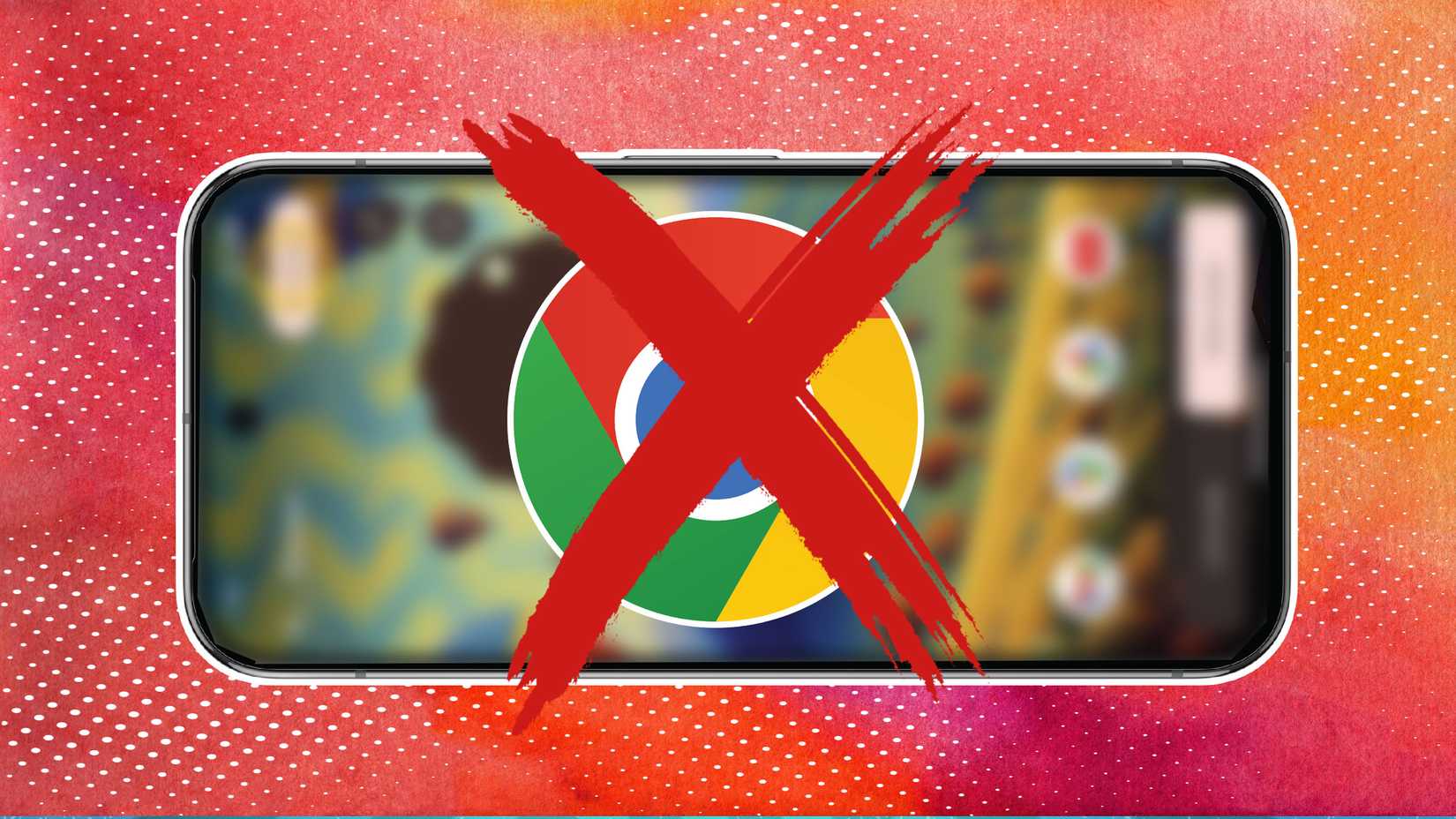Google didn’t announce its password manager with a keynote or a multimillion-dollar ad campaign. The app quietly appeared on the Play Store.
The old Password Manager was often neglected. It reliably saved logins, but hidden deep in Chrome’s settings, many people missed its full capabilities.
Now it has a standalone app. But what does that mean for Chrome? Could it loosen Chrome’s hold as the central access point, letting users finally leave the browser?
The fragmented experience of Google’s browser-first design
Managing passwords in Chrome used to be needlessly complicated.
On the desktop, it meant clicking the three-dot menu, digging through Settings, selecting Autofill and passwords, and finally opening Google Password Manager.
On Android, Autofill worked at the OS level, but actually managing the vault still pushed users back into Chrome’s settings.
This created a fragmented experience, especially for anyone outside Google’s ecosystem.
For one, an iPhone owner with a Windows PC had to take far more steps than someone using Apple’s iCloud Keychain on an iPhone and Mac.
This browser-first design also caused the password manager to lack a distinct identity. To many, it was not “Google Password Manager” but “the password thing in Chrome.”
While Google kept its password manager buried in settings, the rest of the market moved ahead.
Services like 1Password, Dashlane, and LastPass proved that password management could stand independently as a service people would pay for.
Apple also raised expectations by evolving iCloud Keychain into a dedicated Passwords app.
Against this backdrop, the gap was evident. Google viewed its password manager through a browser-first lens and overlooked the category.
The aim was not to build the best manager but one good enough to keep users on Chrome.
Google’s defensive and offensive play in password management
A standalone Play Store app lets Google compete directly with third-party providers.
The shift is both defensive and offensive. Defensively, Google wants to reduce the number of Android users switching to third-party managers.
Every paid subscription signals that Google’s free option falls short. Offensively, Google can use its large user base to reassert itself as the default provider for smartphone users.
Apple’s dedicated Passwords app likely accelerated the change. Another important driver is the shift to passkeys.
The FIDO Alliance, which includes Google, is moving toward a passwordless future. A passkey is a cryptographic key stored on your device.
When you sign in, the site presents a one-time challenge. Your device signs that challenge without sharing the key.
Because the private key never leaves your device and sites store only public keys, passkeys resist phishing and remain safe in typical server breaches.
Passkeys need a clear home for mainstream adoption. A dedicated Google Password Manager app is a wallet for these digital keys.
Chrome may lose its grip, but Google grows stronger
By placing Password Manager on the same tier as Gmail, Drive, and Photos, Google redefines it as a core Google Account service rather than a browser add-on.
Initially, this move might seem to threaten Chrome’s dominance. Users were locked in by passwords that tied them to Chrome.
Switching to Firefox, Safari, or Brave meant exporting and importing credentials. This was a deterrent that kept many people from leaving Chrome.
But passwords are now portable and easy to access, regardless of browser choice. Users can set Firefox as the default and still rely on Google’s autofill across apps and websites.
Will this push people to abandon Chrome and cut ties with Google? For some users, yes. However, the integration will run deeper for others, possibly even motivating more people to use Chrome.
In a multi-device world, platform lock-in matters more than browser lock-in. Google’s aim is no longer to make Chrome indispensable but to position the Google account as the hub of a user’s digital life.
The move also anticipates antitrust pressure. Regulators have long questioned the practice of bundling core services with dominant products.
By separating password management from Chrome, Google can claim to support competition and user choice.
The challenge of moving from good enough for Google
Apple’s Passwords app and third-party managers like 1Password have raised expectations, making it harder for Google to compete. While functional, Google’s password manager is limited compared to competitors.
To keep up, Google Password Manager must add features such as secure family sharing, detailed breach monitoring with alerts, dark web scans, and encrypted storage for sensitive files or recovery codes.
Without them, it risks remaining a free option adequate for casual users but never the first choice for those who take security seriously, or an enterprise-grade tool that companies are willing to pay for.




